The Chinese believe that human life changes from one life to the next. The living often converse with the dead, make offerings and give gifts to their ancestors, and burn paper money in the hope that the dead will care for and protect our interests.
Because the two worlds are mirror images of each other, the Chinese consider burning joss paper money an essential ritual in ancestor worship, a way to ensure the deceased have enough money to spend in the afterlife.
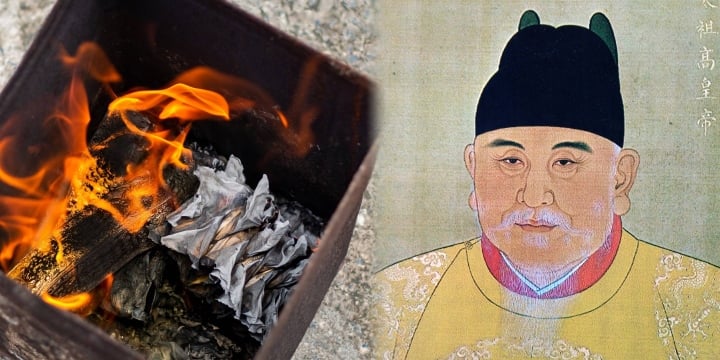
Tin-covered votive paper (left) and Zhu Yuanzhang (right). (Photo: VCG)
There are many types of paper money in China, but the most luxurious is xibo, also known as tin paper. This is a type of paper made from bamboo wood, covered with a thin layer of tin, and is expensive to produce. People often fold xibo into a horseshoe shape, similar to silver ingots in feudal China. Therefore, xibo is sometimes called zhiding (paper ingot).
JJM De Groot, a Dutch expert on China, said the Chinese believed that zhiding would be transformed into real silver by fire, reaching the dead through smoke.
Tinplate was widely used as currency during the Ming (1368-1644) and Qing (1644-1912) dynasties. The origin of tinplate money is also linked to Zhu Yuanzhang, who revolted and later founded the Ming Dynasty. The uprising took place near the wealthy Jiangnan region, downstream of the Yangtze River, which today includes parts of Zhejiang and Jiangsu provinces.
In the late 14th century, Jiangnan residents had a custom of offering silver pieces to their family's ancestral altars. According to legend, when Zhu Yuanzhang led the rebellion against the Yuan Dynasty, he borrowed silver from these families to pay his army, promising to repay it when peace came . After ascending the throne, Zhu declared that he could not repay the debt.
One official argued that since the dead were already in the afterlife, there was no need to use real silver. Tin became a more economical choice, allowing Zhu Yuanzhang to repay his debts. He listened to his advisers. The families could not resist the new king, and had no choice but to accept the tin ingots.
The story reflects the conflict between the people and the newly established Ming government in the wealthy Jiangnan region. The conflict ended with a series of chaotic monetary reforms and the transfer of wealth from the people to the government.
Zhu Yuanzhang's relationship with the Jiangnan region was complex. During the campaign against the Yuan Dynasty, Jiangnan served as a major source of revenue for the army. After the establishment of the Ming Dynasty, the imperial court continued to levy higher taxes in the region than in other regions. Many historians speculate that these harsh regulations stemmed from Zhu Yuanzhang's personal hatred of Jiangnan merchants who supported his opponents.

Gold ingot-shaped tinfoil used in Chinese worship. ( Photo: VCG)
High taxes were not the only way Zhu Yuanzhang filled his coffers. From the beginning of the rebellion, he planned to issue a new copper currency. After his victory, Zhu Yuanzhang ordered the mass production of the new currency nationwide. The plan failed immediately, because there was not enough copper to go around, despite the government forcing people to hand over coins and bronzes. The Ming Dynasty switched to paper money, following the example of the Song (960-1179) and Yuan (1170-1368) dynasties.
In essence, the new currency was a way for the imperial court to collect large amounts of gold and silver from the people. This decision bears a resemblance to the story of Zhu Yuanzhang taking silver from the ancestral shrines of the Jiangnan people and returning it with tin ingots.
Despite the risk of execution, people continued to use gold and silver. The Ming Dynasty produced so much paper money that its value plummeted and inflation soared. Fifty years after the paper money was first issued, its value had fallen to one-quarter to one-seventh of its face value. One hundred years later, paper money had become so worthless that the Ming Dynasty began using it as paper money, with emperors giving stacks of it as gifts to officials during the New Year.
From the Song to the Yuan and Ming dynasties, all three Chinese dynasties tried and failed to make paper money a lasting currency. Zheng Jiefu, a Yuan official, commented that the adoption of paper money during the Song Dynasty was a sign that the dynasty was about to collapse.
"Paper money is for ghosts, not for people. Once the people of the Song Dynasty started using ghost money, the decline of the dynasty was only a matter of time."
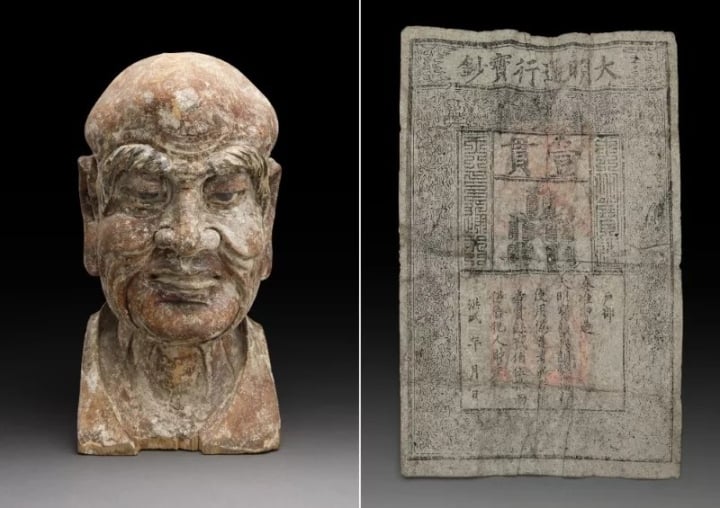
Paper money from the Ming Dynasty hidden in a 600-year-old wooden statue of La Han. ( Photo: Mossgreen )
Eventually, paper money became a symbol of instability. A story that has been passed down since the Ming Dynasty tells of a worker who returned home to find that the silver bars he had earned over many years of hard work had turned into waste paper. The story reflects the people’s sense of insecurity about financial instability.
Ironically, the devaluation of paper money gave rise to the use of zhiding (paper ingots) in funerals. The chaos of the Ming Dynasty's failed currency reform led to people preferring silver to paper money.
When people think of paper money, they immediately associate it with instability and they want the currency to return to its true value. That desire has been transferred to votive paper money. They no longer want to burn ordinary paper money, but want votive paper money made of materials that imitate the form and texture of real silver. This preference still exists strongly today.
HONG PHUC (Source: Sixthtone)
Useful
Emotion
Creative
Unique
Wrath
Source







![[Photo] General Secretary To Lam chairs the 14th Central Military Commission Conference](https://vphoto.vietnam.vn/thumb/1200x675/vietnam/resource/IMAGE/2025/6/20/a9d25fc6dd664fb9a3757502f32e5db0)


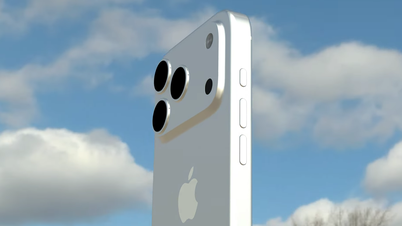

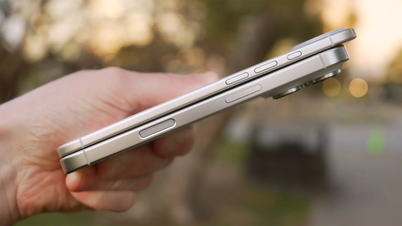









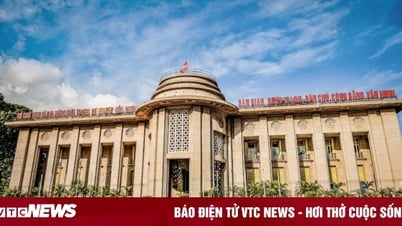


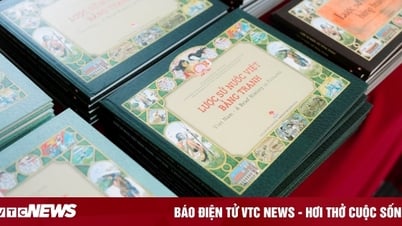
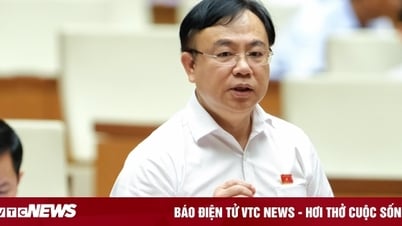


























![[Maritime News] Wan Hai Lines invests $150 million to buy 48,000 containers](https://vphoto.vietnam.vn/thumb/402x226/vietnam/resource/IMAGE/2025/6/20/c945a62aff624b4bb5c25e67e9bcc1cb)















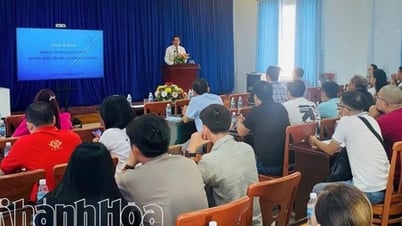


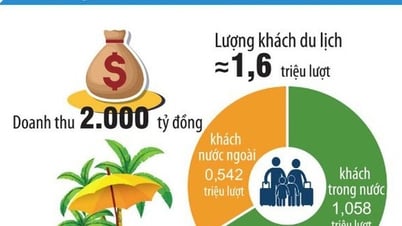
























Comment (0)